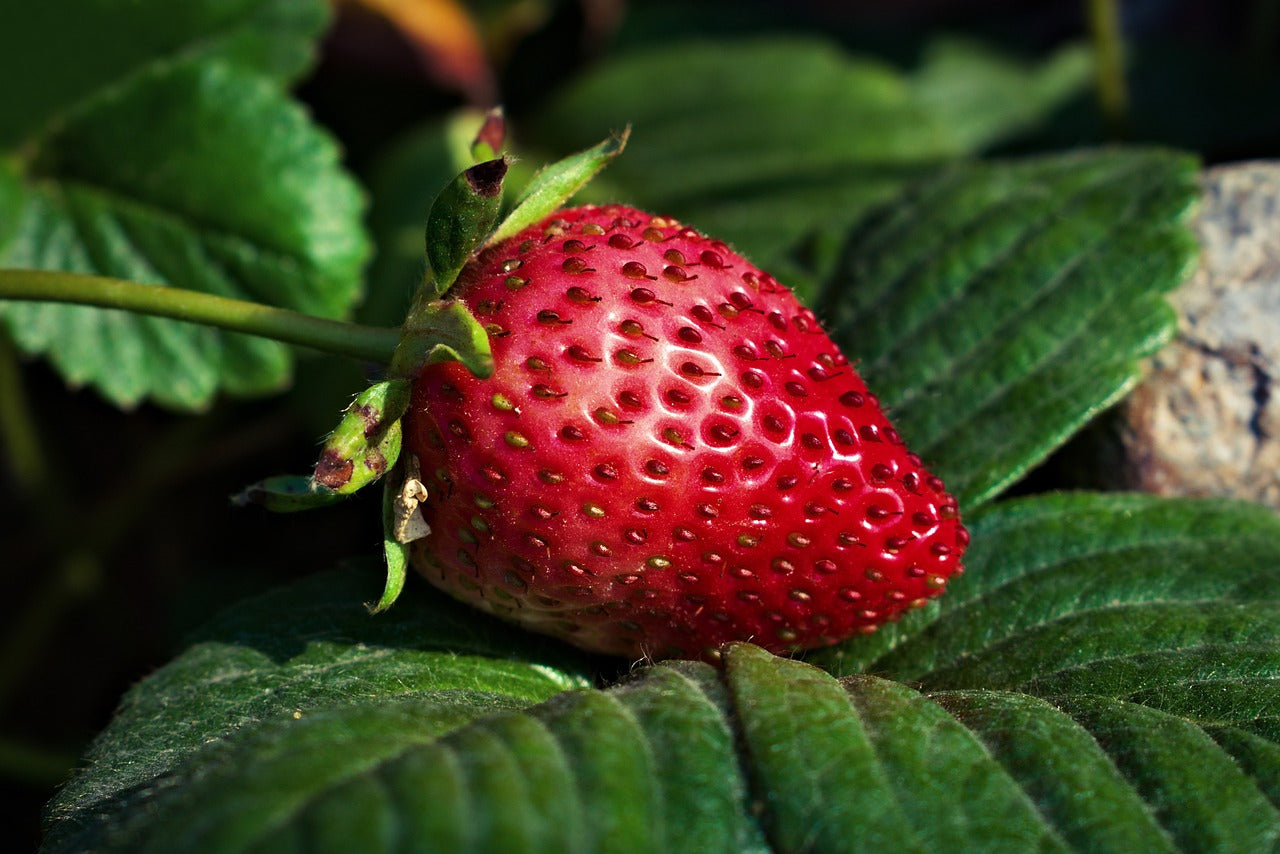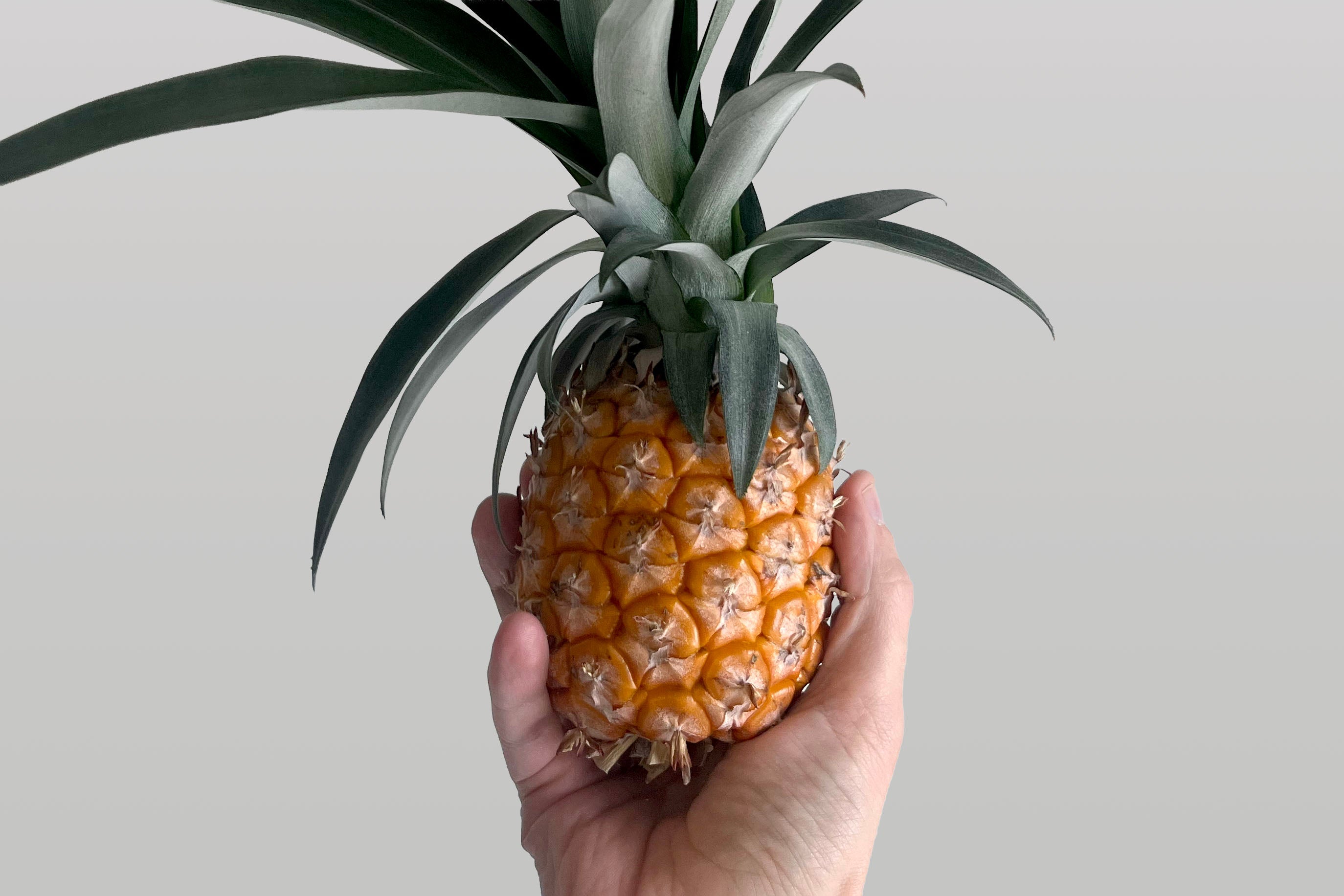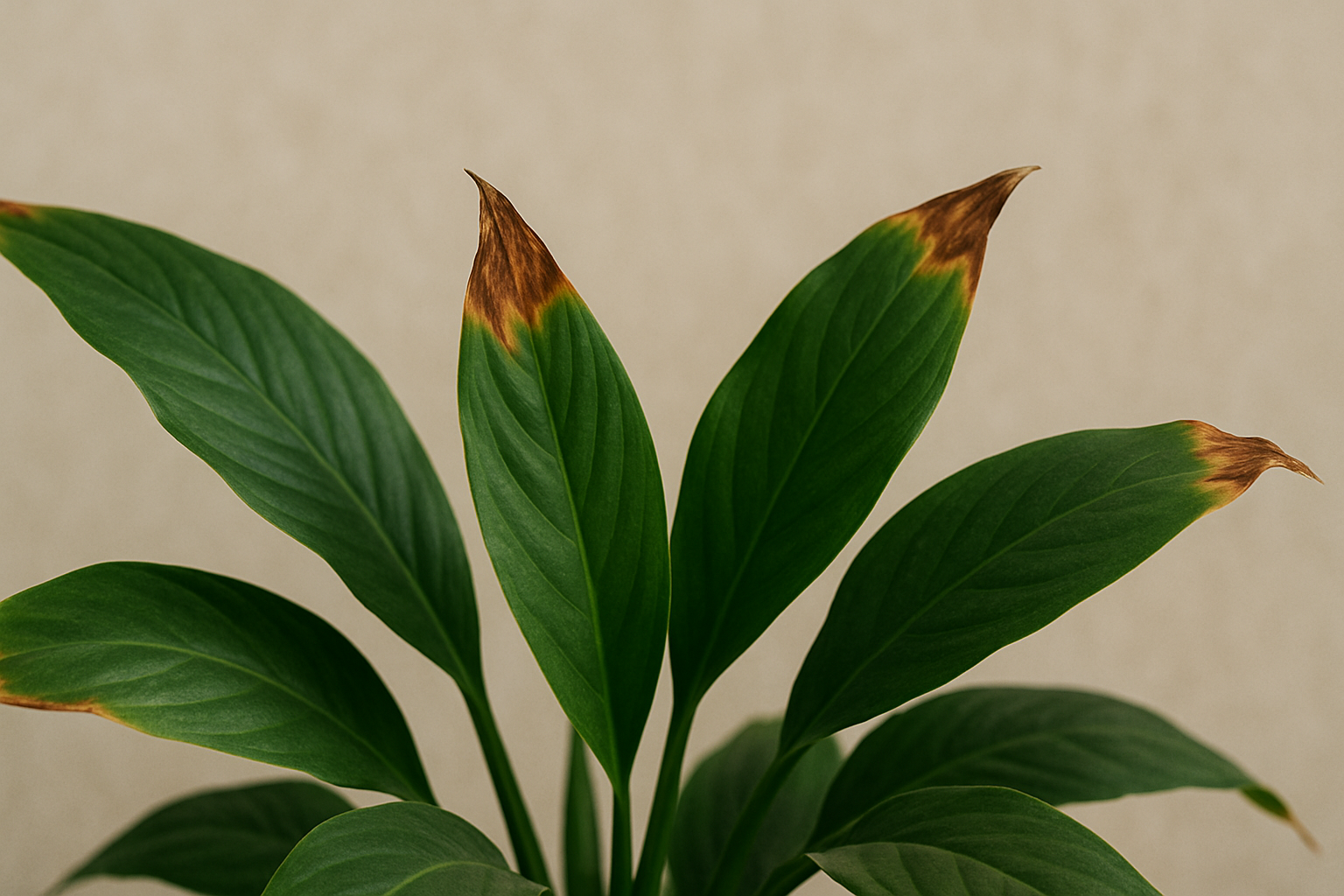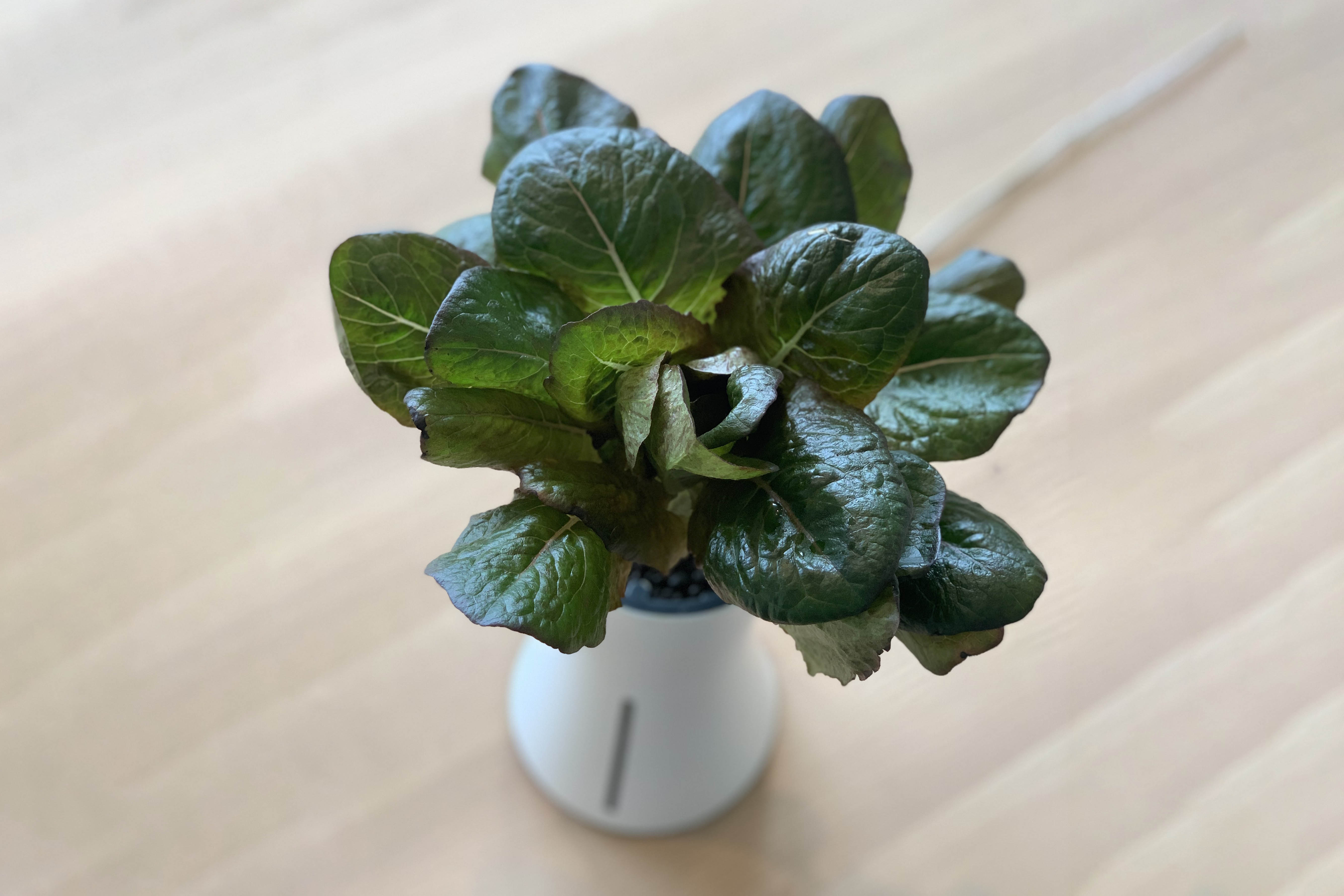How to grow strawberries

Growing strawberries indoors can be a rewarding and enjoyable experience, especially when using a Botanium! With this system, you can effortlessly cultivate delicious strawberries year-round. Here’s how you can successfully grow strawberries indoors with your Botanium:
Choosing the Right Cultivars
Selecting the right strawberry cultivar is crucial for successful indoor growth because different varieties have varying growth habits, fruiting cycles, and environmental preferences. When choosing a cultivar, consider:
-
Growth Habit: Compact varieties are ideal for indoor spaces. Larger plants may quickly become unmanageable indoors.
-
Fruit Production: Ever-bearing and alpine varieties typically produce fruit consistently over a longer period, ideal for continuous harvests indoors.
-
Flavor and Size: Some cultivars produce sweeter berries or larger fruits, while others offer intense flavor despite their smaller size.
-
Indoor Suitability: Look for cultivars known for adapting well to indoor growing conditions, which generally include limited space, artificial lighting, and controlled environments.
Ideal indoor strawberry varieties include:
-
Alpine Strawberries (Fragaria vesca): Compact plants with intensely flavored small berries. Varieties such as 'Alexandria' are well-suited for indoor growth.
-
Ever-Bearing Strawberries: Cultivars like 'Seascape' or 'Albion' produce continuous fruit and adapt well to indoor conditions, providing steady harvests.
Starting from Seed
Growing strawberries from seed is simple and rewarding. Here’s how:
1. Seed Sowing:
- Place a few seeds gently on the surface of the Botanium's growing medium.
- Do not cover the seeds too deeply; strawberries require light to germinate.
- Growth will be slow, very slow actually, at the start. So don't fret if nothing seems to happen. It will take many months before they grow to a decent size.
2. Initial Care:
- Do not add nutrients at this initial stage; nutrients should only be introduced after the seeds have sprouted.
3. Power and Placement:
- Connect your Botanium to a power source.
- Place your Botanium under a grow light or near a south-facing, bright window to ensure sufficient sunlight exposure for your seedlings.

Nutrient Introduction
Once your strawberry seeds have sprouted and established small leaves:
- Add 2.5 ml of Botanium nutrients per 1 liter of water (approximately 2–3 pipettes).
- This provides essential nutrition for growth. Strawberries are not very flexible when it comes to nutrient strength, so be sure not to add too much.
Flowering and Pollination
When your strawberry plants start to flower, it's important to assist pollination for fruit development:
- Gently brush the flowers with a soft paintbrush or cotton swab to transfer pollen between flowers.
- Alternatively, gently shake or tap the plant to help pollen distribution.
At this flowering stage, increase nutrient levels to support fruit growth:
- Increase nutrients to 5 ml per 1 liter of water (approximately 5 pipettes).
Planting Bare-Root Strawberry Plants
For the impatient grower, purchasing bare-root strawberry plants can be a great alternative to starting from seed:
-
Bare-root plants are mature, dormant strawberry plants without soil, ready for immediate planting.
-
These plants typically establish quickly, allowing you to enjoy fruit much sooner than starting from seed.
-
To plant, simply place the bare-root plant into the Botanium's growing medium, ensuring the roots are gently covered and supported.

Ongoing Care Tips
- Consistent Lighting: Provide 12–16 hours of light daily. A timer for your grow light is highly recommended.
- Temperature: Keep temperatures between 18°C and 24°C for optimal growth.
- Airflow: Ensure good air circulation to prevent fungal diseases and promote healthy growth.
- Harvest Regularly: Regular harvesting encourages more fruit production.
Following these simple guidelines will help you cultivate delicious and fresh strawberries right from the comfort of your own home, all year round. Happy growing!





Leave a comment